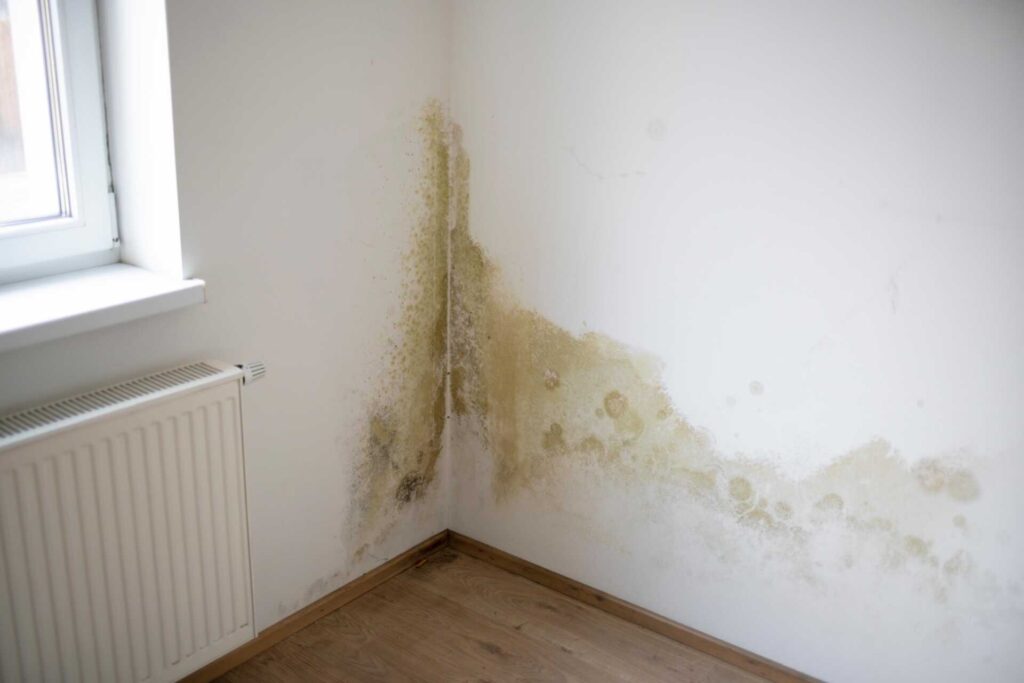
Contents
You arrive at a property with waterlogged floors and a musty odor, signaling potential mold growth. Implementing effective water damage extraction methods, thorough mold inspection techniques, and timely structural repairs are crucial in this situation. By promptly addressing these critical steps, you can reduce additional damage and protect the property’s occupants. But how do these methods work together to facilitate a thorough restoration process? Let’s delve into the details of these three key strategies for emergency water damage and mold restoration.
Key Takeaways
- Swift water extraction using advanced tools like pumps and vacuums.
- A thorough mold inspection with testing for hidden sources.
- Structural assessment for prompt repair and stability.
- Utilize industrial dehumidifiers to prevent mold growth.
- Employ antimicrobial agents for effective mold removal.
Water Extraction and Drying Techniques
Utilizing advanced water extraction and drying techniques is necessary for effectively mitigating water damage and preventing mold growth in emergency restoration situations. When faced with water damage, the first step is moisture detection. Professionals use specialized tools like moisture meters and infrared cameras to identify the extent of water infiltration. Once the affected areas are pinpointed, swift action is taken to extract water using powerful pumps and vacuums.
Dehumidification is essential in the drying process to remove excess moisture from the air and materials. Industrial-grade dehumidifiers are employed to accelerate the drying of walls, floors, and furnishings. Continuous monitoring of humidity levels ensures that the environment is brought back to its best dry state. This meticulous approach helps prevent mold from taking hold in damp conditions.
Carpet cleaning is another important aspect of water damage restoration. Wet carpets can quickly become breeding grounds for mold and bacteria. Professional cleaning techniques, including hot water extraction and specialized detergents, are used to thoroughly clean and sanitize carpets. Additionally, deodorization techniques are implemented to eliminate any musty odors that may linger after water damage has occurred.
Mold Inspection and Remediation
To effectively address any potential mold growth following water damage, thorough mold inspection and remediation are essential steps in the restoration process. Mold testing is vital to determine the extent of the contamination. Professionals will assess visible mold as well as test the air quality to identify hidden mold sources. This detailed evaluation helps create a tailored remediation plan.
Prevention is key in mold remediation. Safety precautions must be strictly followed during the process to protect both the occupants and the restorers. Personal protective equipment (PPE) such as gloves, masks, and goggles are necessary. Additionally, proper ventilation and containment of the affected area are crucial to prevent mold spores from spreading to uncontaminated areas.
When it comes to mold remediation, specific equipment is needed for effective removal. This includes HEPA vacuums, air scrubbers, and dehumidifiers to eliminate excess moisture. The use of antimicrobial agents is also common to disinfect surfaces and prevent future mold growth.
Structural Repair and Restoration
When addressing structural repair and restoration after water damage, a thorough assessment of the building’s framework is vital. Foundation repair is a pivotal component of restoring a building’s structural integrity. Any water damage to the foundation must be promptly addressed to prevent further issues such as cracks, shifting, or even collapse. Professional contractors can assess the extent of the damage and recommend the appropriate repairs to ensure the stability of the building.
Roof restoration is another significant aspect of structural repair after water damage. A leaking roof can lead to significant water intrusion, causing damage to the building’s interior and facilitating mold growth. It’s important to inspect the roof thoroughly for any signs of damage, such as missing shingles, cracks, or weakened areas.
Prompt repairs or replacement of the roof may be necessary to prevent further water damage and maintain the building’s structural integrity.
Wrap-Up
As you navigate the aftermath of water damage and mold, remember that swift action is key to restoring your space to its former glory. Picture a home free of dampness and mold, with every corner inspected and repaired with precision. With advanced techniques in water extraction, mold remediation, and structural repair, you can ensure a safe and healthy environment for you and your loved ones. Stay proactive, stay informed, and let your space shine once again.
Recent Posts
Your Trusted Guide to Flood Damage Repair
It’s essential to act quickly and methodically to mitigate any further issues from flood damage.
Comprehensive Flood Damage Repair Process Explained
Flood damage repair can seem like an insurmountable task, but it’s important to tackle it
What Is the Step-by-Step Flood Damage Repair Process?
When you face flood damage, evaluating the damage, extracting water, and drying the area are
